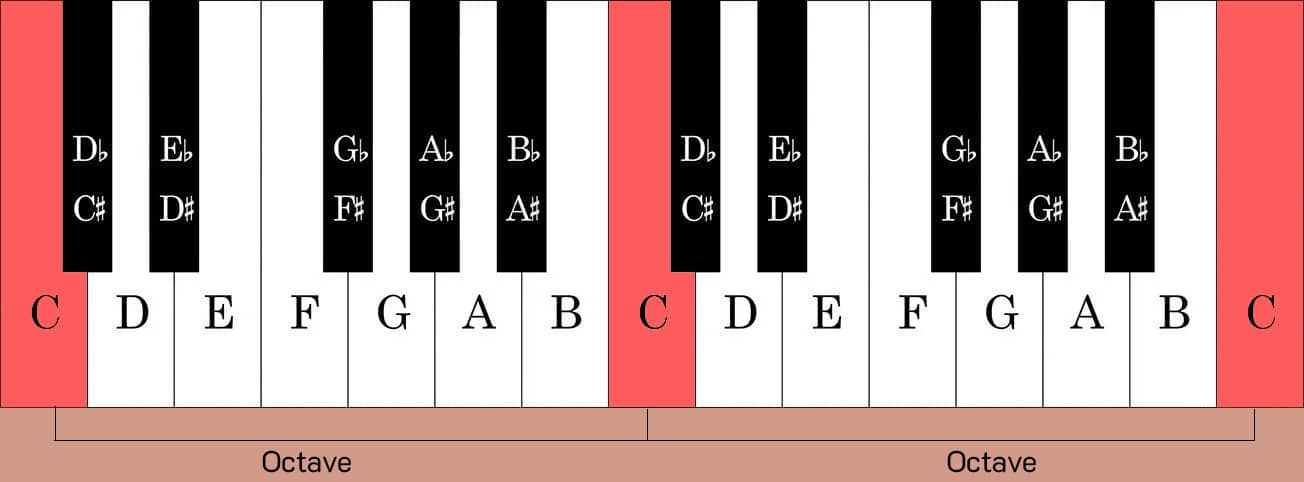Basics Of Music Theory For Beginners
Let’s explore some basics of Music. Below we are explaining some important terms which are used in Music. On Swar Sparsh, we tried to explain Music theory in a very simple way for all students including Beginners.
Definition of Scale in Music: In music, a scale is a series of pitches arranged in ascending or descending order, forming the basis for melodies, harmonies, and chords.
Definition of Octave in Music: In music, an octave is the interval between two pitches where the higher pitch has a frequency exactly double that of the lower pitch.
Definition of Chords in Music: In music, chords are combinations of three or more notes played simultaneously, creating harmony and providing the basic building blocks of harmonic structure in a piece of music.
Tone & Semi Tone in Music:
In music:
- A tone, also known as a whole tone, is the distance of two semitones. It is the interval between two notes that have a pitch ratio of 2:1.
- A semitone, also known as a half step, is the smallest interval commonly used in Western music. It is the distance between two adjacent notes on a musical scale.
Name of the Keys in octave:
In Western music, an octave is divided into 12 equal parts, and each of these parts is called a semitone or half step. Therefore, there are 12 keys in an octave, including both white and black keys on a piano keyboard. The sequence of keys consists of seven white keys (representing natural notes A, B, C, D, E, F, and G) and five black keys (representing the sharps or flats). The black keys are named after the adjacent white keys, and they provide the additional pitches needed to accommodate all the notes within the chromatic scale.

What Is Rhythm in Music?
Rhythm in music refers to the pattern of sounds and silences over time. It involves the arrangement of beats, durations, and accents in a piece of music, creating a sense of movement, structure, and groove. Rhythm is a fundamental element that gives music its temporal organization, influencing the pace and flow of a composition. It is often achieved through the repetition of certain patterns, the organization of strong and weak beats, and the use of various note durations. Rhythm is crucial for establishing the feel and energy of a musical piece and plays a central role in different genres and styles of music.


